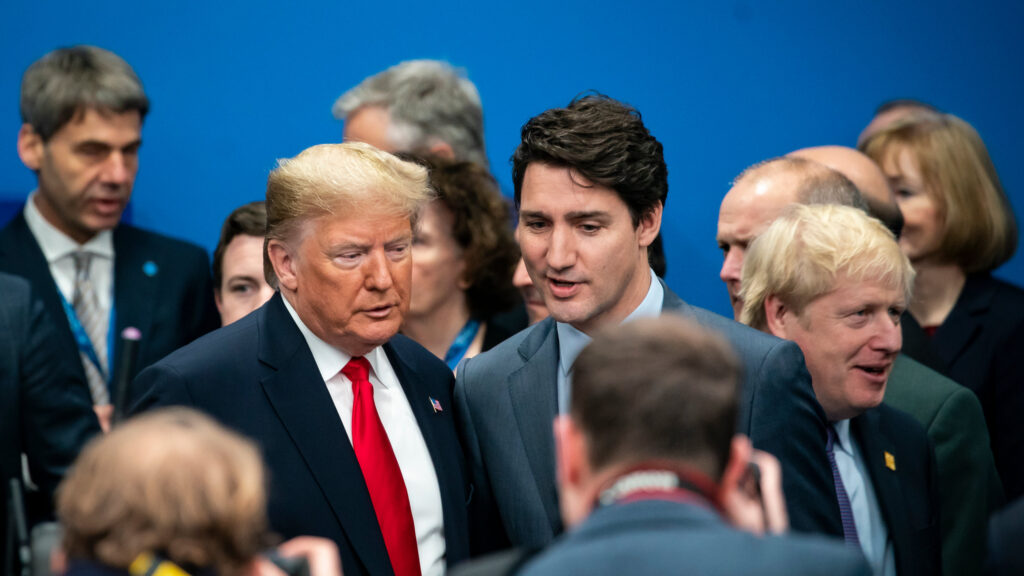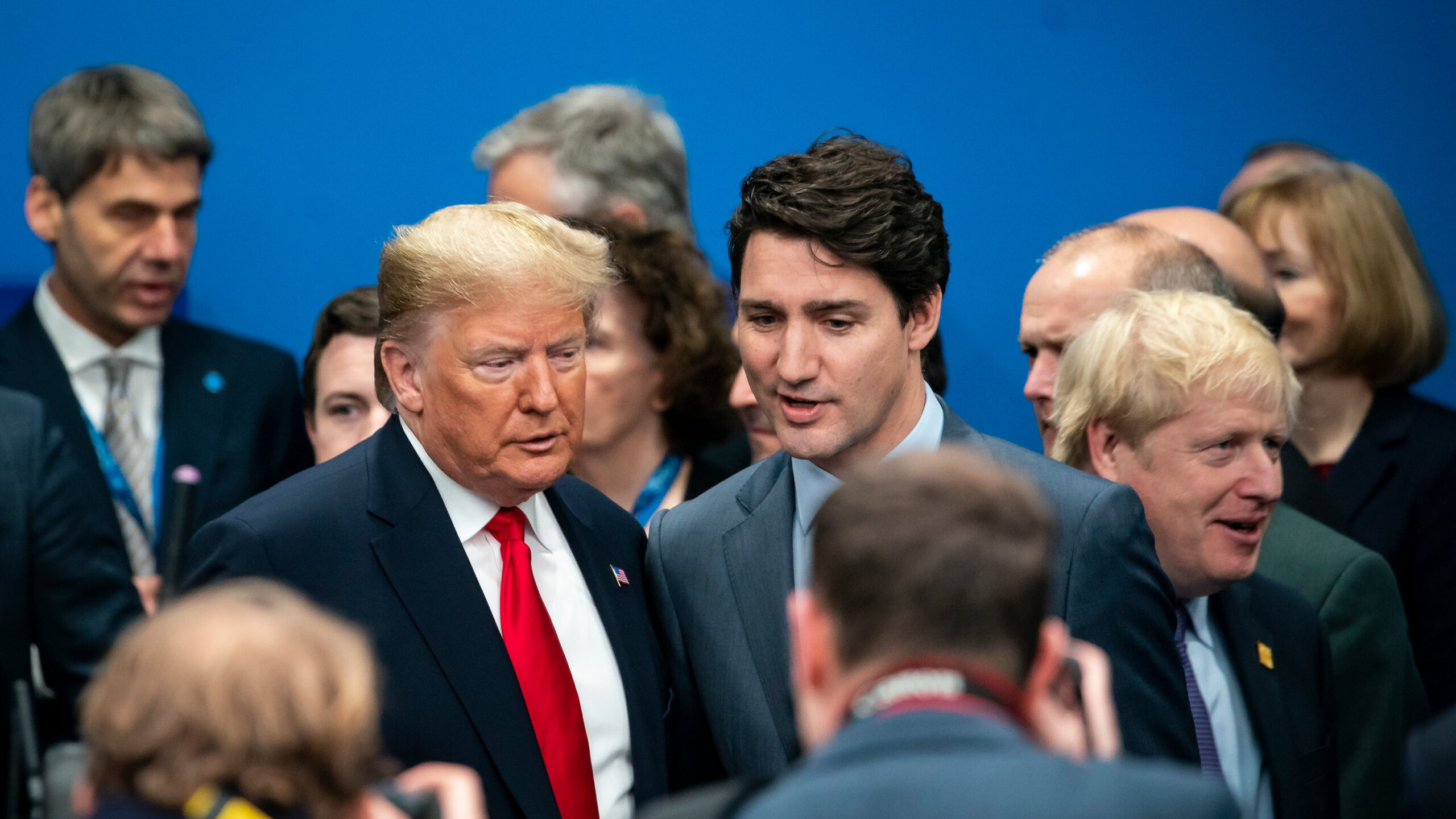
By Nitya Chakraborty
Eighty years after the end of the Second World War in 1945, Europe, especially Western Europe is in disarray, as their transatlantic ally for eight decades, the United States, is refusing to guarantee the security of the European nations belonging to the NATO under the new Trump doctrine. Earlier, there were differences between the U.S. and the European nations on a number of issues, but those never had such wider dimension impacting the geopolitics of the continent just as it is doing in 2025.
The emergency meeting of the leaders of the European nations including both NATO and the European Union held on February 17 failed to work out any effective strategy to deal with such a situation in which the European nations, especially NATO have to think of a defence system of their own without depending on the USA, which has been the practice for the last 75 years since the founding of NATO in 1949 as a defence body. NATO was set up in the background of intense cold war between the U.S. and the Soviet Union, with the Western Europe solidly allied with the US as part of NATO.
Since then, major changes have taken place in Europe including the fall of the Soviet Union in 1991, and the founding of many independent states separating from the Soviet state after 1991. Ukraine was one of those states. The Russian invasion of Ukraine beginning February 24, 2022 is completing three years this weekend and in this very week itself, on Tuesday February 18, the foreign ministers of Russia and the secretary of state of USA met in Riyadh, in Saudi Arabia, without the representation of Europe and Ukraine. Both the European nations and the Ukraine President strongly protested the respective exclusions, but the meeting went on without them. President Trump too would go ahead with his bilateral meeting with the Russian President Vladimir Putin to end the Ukraine war on his own terms, without taking into account the views of the NATO or the Ukraine President Volodymyr Zelensky.
The Paris meeting on Monday of the European leaders demanded the participation by the European leaders in the coming negotiations on Ukraine, but Trump has made it clear that he will meet President Putin first and after that President Zelensky will be called, if needed. There was no assurance that the European leaders will be invited in the follow up meetings also. This means that Trump is trying to force a truce on the unwilling European nations by talking only with President Putin. Already, Trump advisers and Trump himself have pointed out that Ukraine has to forget about NATO membership and President Zelensky has to forego his claim on Crimea also which is now occupied by Russia. Overall, the talks could take up the issue of other occupied areas where minor territorial adjustments can be negotiated.
At Monday’s meeting in Paris called by the French President Emanuel Macron, the European leaders reconciled to three realities: First, the US and Europe appeared no longer to share the values that, since 1945, had underpinned the transatlantic alliance. Second, Europe could no longer rely on the US to defend it.
Third – on the immediate question of U.S. policy on Ukraine – the US plan, the European nations needed to be briefed by the U.S. and U.S. has to invite Europe to the negotiating table, but this is not happening. So the discussions centred on what should be the best alternative to meet Trump challenge at the moment.
The meeting witnessed the sharp differences over the assessment of the European security guarantee and how far that will be feasible by the countries on the basis of own funds meant for defence. There were differences over Ukraine’s postwar security guarantees also. Macron had already mentioned the possibility of an eventual European peacekeeping force in Ukraine last year, and Keir Starmer, the British prime minister, said on Sunday the UK was prepared to put troops on the ground. Sweden supported the move on Monday.
The Netherlands said it was “not negative” about the idea, but Germany said it was “premature” and Poland – which at 4% spends more of its GDP per head on defence than any other NATO member – said it was “not planning to send any Polish troops”. So at the end of the discussions while the European leaders agreed on the need of a European Security force, they could not zero in on the exact nature of the composition and the nature of financial responsibility of each. Europe has to be ready with its military force to provide security guarantees for Ukraine also, in case Trump-Putin meeting by February end of March arrives at a peace formula leading to ceasefire.
It is apparent that Trump is in a hurry to end the war in Ukraine and he is determined to follow the same steamroller policy as he used in organizing the ceasefire in Israel-Hamas war. The U.S. President is bent on using the same method by talking to President Putin and working out a ceasefire plan which will help Putin in coming out of the mess with a brave face. Trump will then ask President Zelensky to attend a follow up meeting and swallow that agreement by coercion, just as he and his officials did with the Israeli Prime Minister Benjamin Netanyahu and Hamas leaders regarding Israel-Hamas deal.
Europe may or may not be a participant in that final negotiations on Ukraine, but the fact remains that Europe will have very little say in determining the future of Ukraine. It will be decided by Trump and Putin. The global diplomacy will move around Donald Trump for some time, till he meets his rival the Chinese President Xi Jinping for the next and crucial round of diplomatic battle. That will be the most-watched battle of equals and the most interesting event of geopolitics in 2025. (IPA Service)

